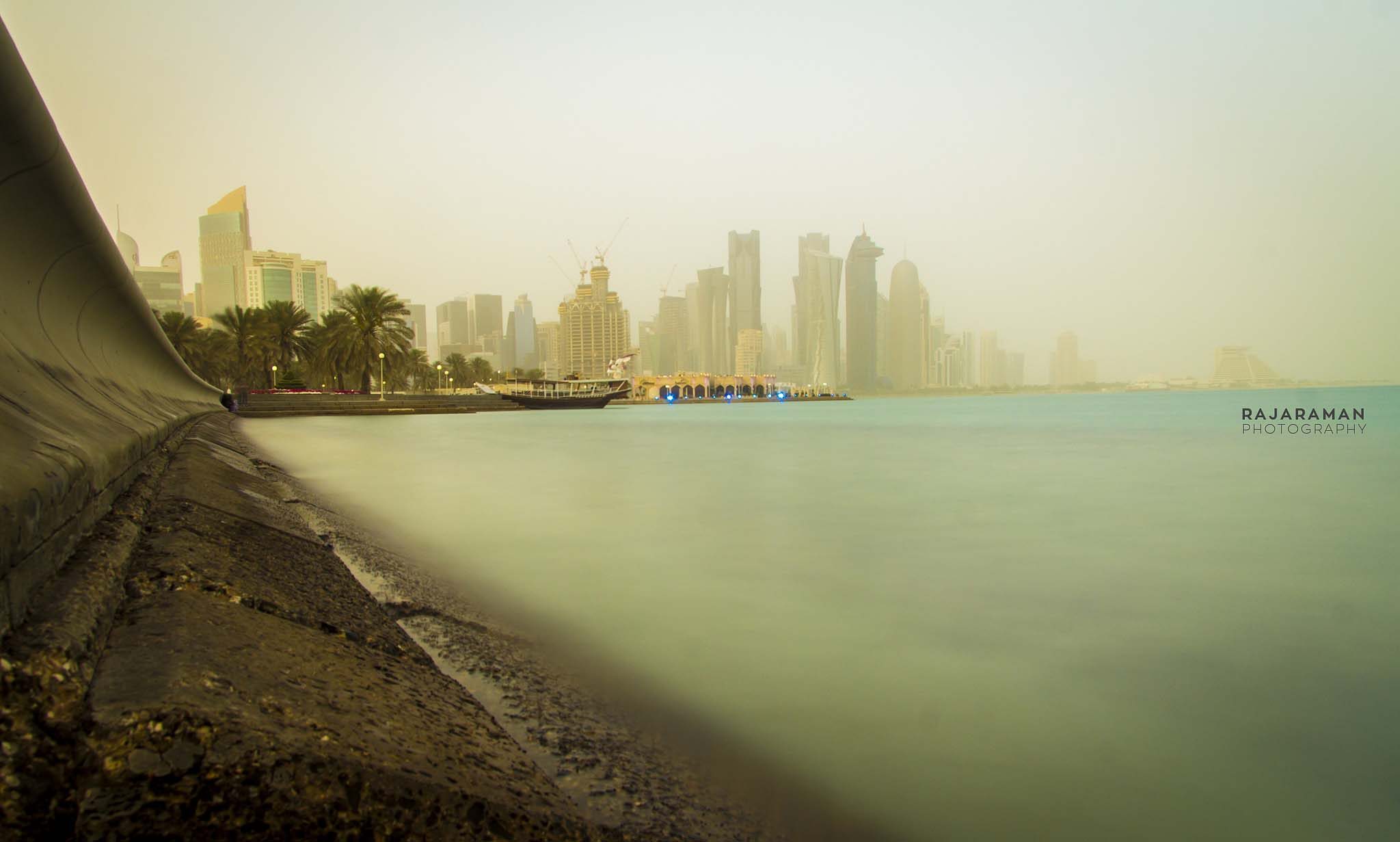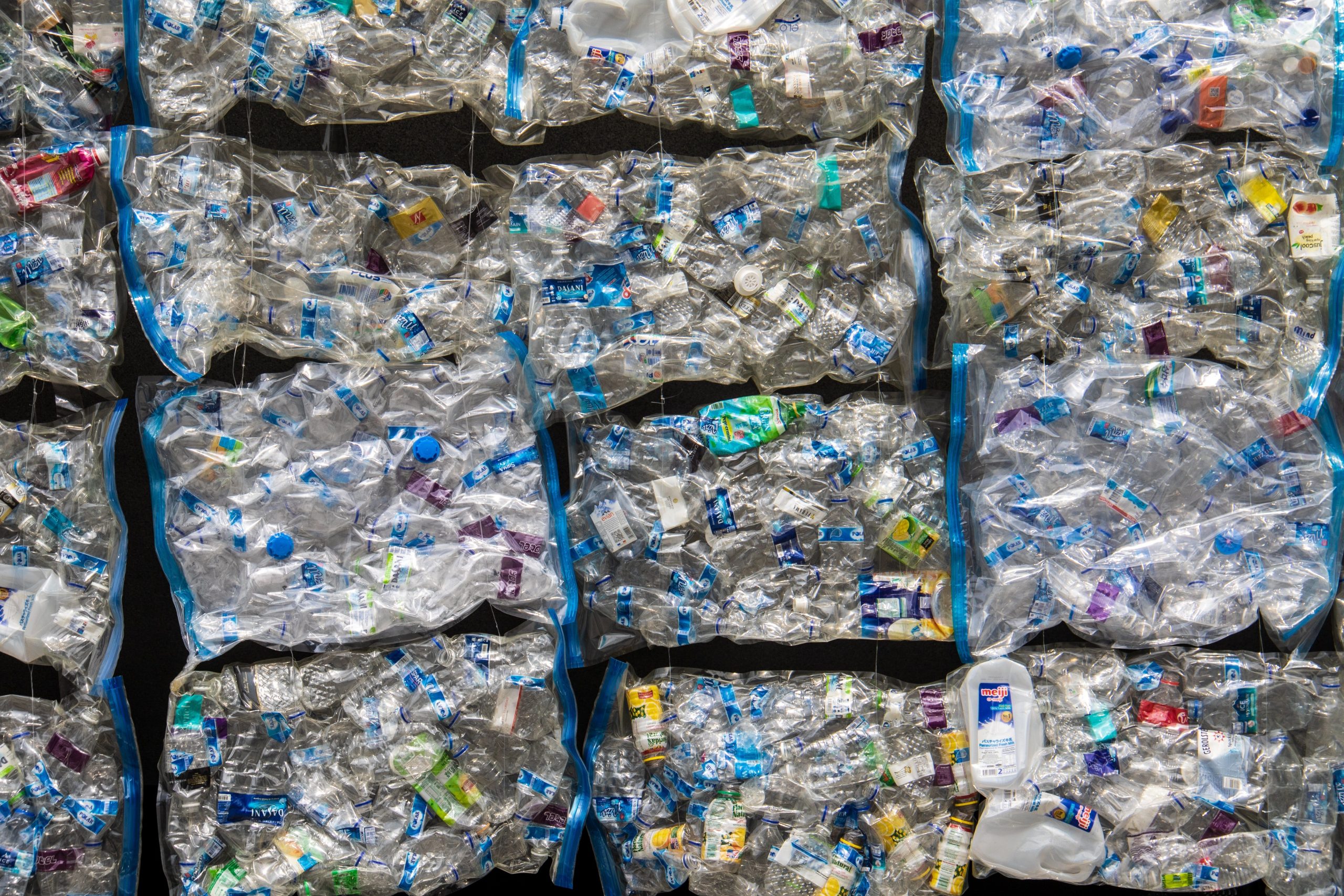
When sandstorms blow over Qatar, they’re not just clogging everything with dust – they’re flying in bacteria from across the region.
To better understand these tiny microbes, a team of scientists in Qatar has spent the day taking swabs from buses, buildings and sand dunes.
For the first time, they joined researchers and volunteers from across the world by participating in Global Sampling Day.
The initiative is held each year on June 21. It was launched in 2013 by a team of New York City researchers who tried to learn more about various microbes by sequencing their DNA.
Understanding bacteria
Today, researchers from 54 cities are expected to collect some 12,000 microbe samples from subways, buses, airports and other well-traveled public areas.
Through their findings, scientists hope to gain a better understanding of antimicrobial resistance – such as when bacteria no longer respond to antibiotics.
Doha is the only desert city participating this year, and researchers here are also looking into the origins of the microbes they find.
Specifically, they’re examining how these microorganisms are blown into Qatar from Iraq and Iran in the north, as well as the Sahara Desert and Saudi Arabia to the west.

“We’re interested in understanding what microbes hitch a ride on the dust storms in the region,” Aspa Chatziefthimiou, an ecologist with consulting company Richer Environments, told Doha News.
In Qatar, there are also plans to investigate how certain microbes are affected by the extreme conditions in the desert, such as high temperature and humidity, intense sunlight and strong winds.
In recent years, Chatziefthimiou has also been investigating toxins in Qatar’s desert.
Good bacteria
While thinking about bacteria being found on public buses might cause some to reach for hand sanitizer, Chatziefthimiou’s research goes beyond the germs and viruses that make us sick.
The environment is full of harmless and beneficial bacteria. These include microbes that work on our behalf by fending off intruders on our skin or helping us digest food.
This is why it’s important to better understand what types of bacteria are present in the homes and offices where most residents spend their days, Chatziefthimiou said.

Doing so could, for example, help lead to improvements in the design of air ventilation systems so that bad microbes are filtered out while beneficial microbes flourish, she explained.
“We want to see what is carried in the dust and how we can improve indoor air quality,” she added.
Sharing the data
Assisted by four volunteer medical students, Chatziefthimiou said she planned to take approximately 150 samples today in Education City, West Bay and the Pearl-Qatar, as well as from buses, sand dunes and desert crusts.

Like her colleagues around the world, Chatziefthimiou will be uploading information about her samples – as well as photos and GPS coordinates – to a database. Much of that information will then be displayed in a publicly available map.
Chatziefthimiou said the consortium is also planning to analyze the samples and examine the effects that climate has on microbes living on various surfaces.
Individual researchers will also be exploring their own hypotheses, she said. Their findings from today’s samples may start to appear in scientific journals within a year.
Thoughts?







